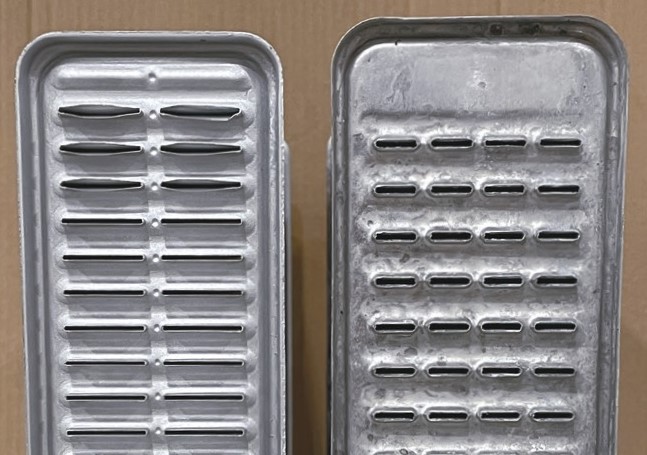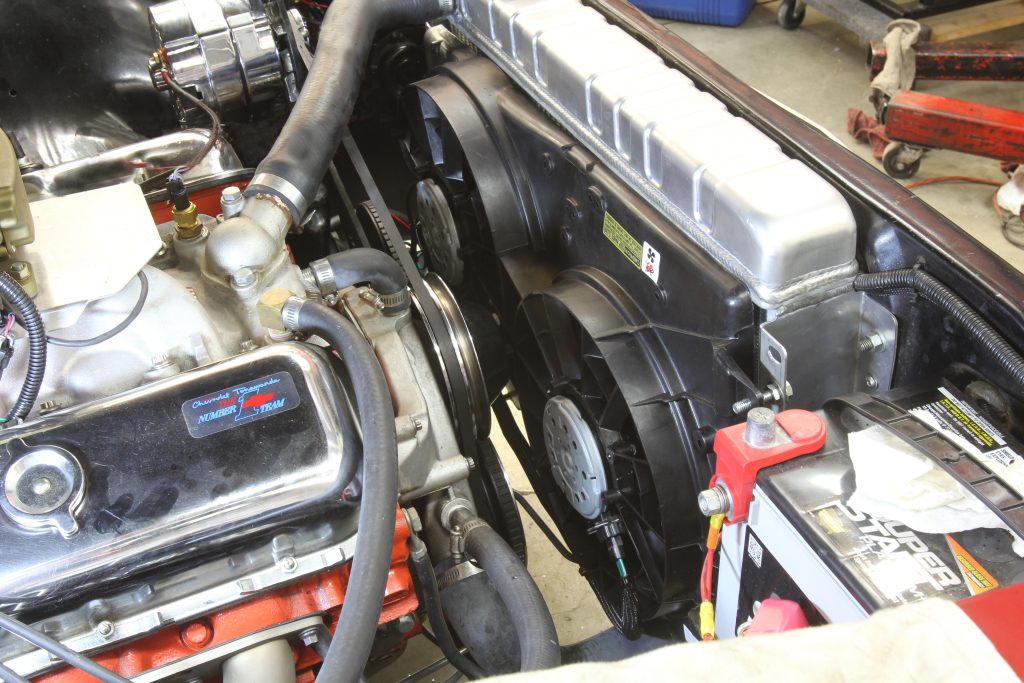There are many options when choosing a new radiator for a stock replacement or performance build. So, how do you pick the right one?
Here’s a 101-style article that may help you figure that out.
How Radiators Work
Radiators work by transferring heat from the coolant to the air. As your engine runs, it increases the temperature of the coolant, which flows through a series of tubes within the radiator’s core. Integrated fins draw heat away from the tubes and transfer it to the air flowing through the radiator. Radiator material, size, thickness, tube/fin style, and airflow all factor into the efficiency of this process.
An OE replacement radiator is suitable for stock to mildly modified street vehicles. It’ll keep the engine at a safe operating temperature, and installation requires no modifications. Modified performance engines (especially with higher compression or forced induction) will benefit from upgrading to a larger aftermarket radiator.
The good news is, that you’ve got plenty of radiator options either way.
Choosing the Best Radiator for Your Vehicle
For starters, there are direct-fit performance radiators that deliver superior cooling over stock and install with few or no modifications. Universal radiators work well for custom applications; you must determine the dimensions and inlet/outlet configuration, and installation will most likely require fabrication.

With older copper/brass radiators, more rows of tubing meant better cooling. However, it also made the radiator much thicker, restricting airflow and reducing efficiency. Modern radiators constructed with aluminum cores are more robust than brass. The tubes can be wider with less dead space and have more surface area without significantly increasing radiator thickness.
Don’t Forget about the Fan(s)
Also, keep in mind that as the radiator’s core thickness increases, so should the cfm of the fan. Drawing
enough air through the radiator at lower vehicle speeds is essential to maintaining sufficient heat
transfer; not enough airflow and you end up with a reservoir of hot coolant.
Upgrading to an electric fan (instead of an engine-driven fan) is usually the best option since
it can run at full speed regardless of engine rpm. It also reduces parasitic drag and water pump bearing load, provides faster cold weather warm-ups, and improves A/C performance.


Comments